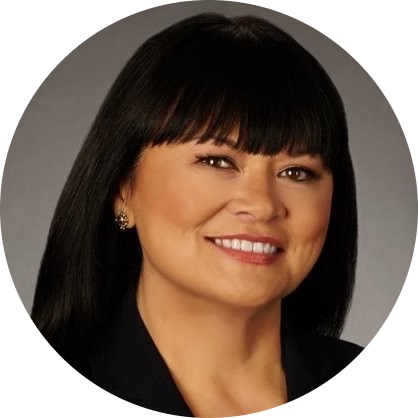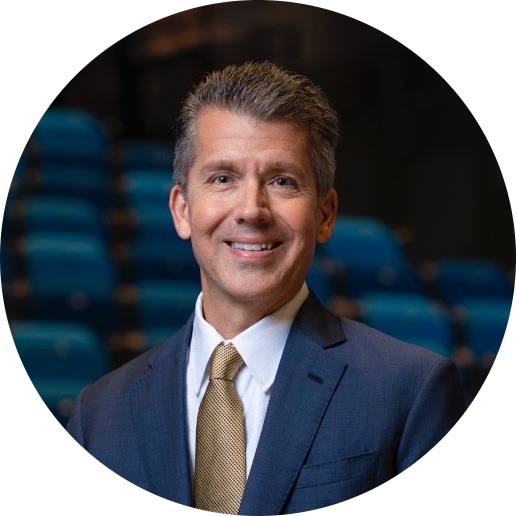The haves and have nots of the workplace: what HR can do to close the gap

The haves and have nots is not just a social phenomenon — it’s also a reality of the workplace, it seems.
Mirroring the national wage gap, where nearly half of full-time employees in the U.S. don’t earn enough to provide for their and their families’ basic needs, companies have witnessed a widening division in the economic outlook among corporate executives and their employees, according to a recent study.
The Edelman Trust Barometer, based on responses from nearly 8,000 executives, mid-level managers and associates across eight countries, reports that while executive optimism about the economy has rebounded to its previous high in 2021, the views of lower-level employees have plummeted 10 points since 2019. Nearly 8 in 10 executives think they will be better off in five years, vs. just 4 in 10 associates — a disparity that’s leading to lower levels of motivation and worsening mental health among the workforce, the report determined.
Intervention by management, including HR leaders, can make a difference not only within the four walls of a company but across the larger culture, according to Edelman’s global chair of workplace advisory Cydney Roach.
“When you close the economic optimism gap, employees become stronger advocates for their employer: discretionary effort soars, employer loyalty increases and trust is strengthened,” she said. “But there is also a positive benefit to society. With personal economic optimism, civic attitudes surge and trust radiates outwards from the workplace to the marketplace, even helping lift trust across other institutions. So, in an era of constant disruptive change, the role of the employer has never been so critical.”
Employers should work to ensure employees feel confident about sustainable career pathing and involve them in strategic decision making and the integration of technology, including AI, Edelman concludes.
Meantime, a separate study points to a different sort of disparity at work: the gap in wellbeing according to a range of factors, including race, gender and age — as well as executive vs. associate level.
Executives and managers report greater levels of wellbeing, leaving many company leaders out of touch with their employees, according to an annual survey of more than 1.5 million people at more than 2,500 organizations in the U.S. by the Johns Hopkins Carey Business School’s Human Capital Development Lab, in concert with the workplace consultancy Great Place to Work.
“Improving employee well-being can be complex,” said Rick Smith, faculty director of the lab and coauthor of the study. “Our research highlights a need for leaders to address organizational culture factors coupled with a more nuanced management approach to create a climate of wellbeing for all.”
Leaders who enjoy a great deal of confidence from their employees and who continue to allow flexible and remote work options also have a greater instance of wellbeing, per the report, which also revealed that the greatest wellbeing exists at companies that prioritize trust in leadership, pride in work and connections among colleagues.
And there isn’t just a chasm separating executives from associates. Female, black and younger employees all scored lower in wellbeing than colleagues who are male, white and older, according to the survey — “a worrisome gap,” it said, that calls for organizations to continue to address equity, inclusion and belonging. Conservative politicians and activists have aggressively campaigned against the establishment of DEI programs across a wide range of institutions, leading some to scale back or rebrand such initiatives.
Wellbeing extends to physical and mental wellness and employees’ access to healthcare, naturally — drawing attention to yet another case of haves and have nots at work.
As the Harvard Business Review reported, one of the starkest lessons from the pandemic is the “deep health inequities” that exist in the U.S. and around the world, pointing out that people who are black, Latino, Native American and LGBTQ+, as well as residents of rural areas, those living in poverty and those who are disabled, are among the underserved when it comes to healthcare. Likewise, McKinsey & Co. has pointed to the unevenness that exists in certain employees’ ability to find, get and afford healthcare for themselves and their dependents, leading to their missing more work and feeling less productive in their jobs.
Dave Werry, cofounder, president and COO of the health platform Well, acknowledged the glaring disparity in health equity, even within the biggest corporations. “There’s no question that there are underserved pockets in even large, great brand businesses that may even surprise you, given what those businesses do,” he said. “Even in those types of clients that we have, there are absolutely health equity issues, health access issues … [across] demographics. It is very real.”
Werry believes the answer lies in rethinking the entire benefits system, which he sees as wasteful and outdated. He stresses that traditional benefits programs, offering a wide array of perks but without individualization, often fail to reach the people who need them most.
The future, he said, is a system that “engages everybody and does it in a personalized way that drives value — regardless of who you are, what you look like, how much you make or where you live.”


